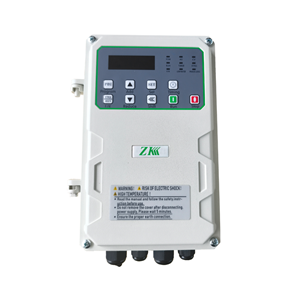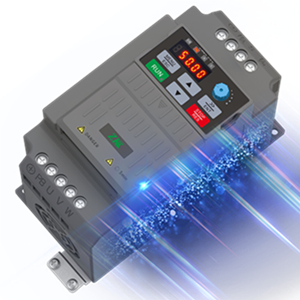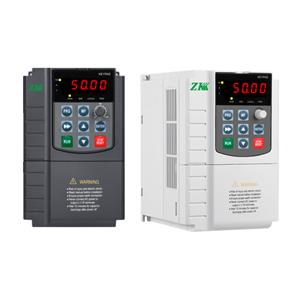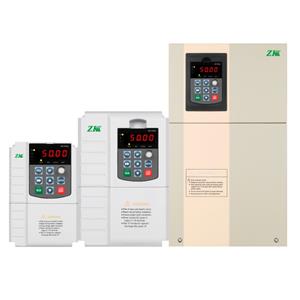IGBT technology in inverter for overload applications
With the growing demand for energy efficiency and process optimization in industrial applications, the utilization of variable frequency drives (VFDs) has become imperative. Variable frequency drives (VFDs) regulate the speed and torque of an electric motor by adjusting the frequency and voltage of the power supplied to the motor. This not only aids in energy conservation but also enhances the overall performance and productivity of the system.
A pivotal technology that has transformed the performance of variable frequency drives (VFDs) is the Insulated Gate Bipolar Transistor (IGBT). The IGBT is a power semiconductor device that combines the advantages of Bipolar Junction Transistors (BJTs) and Metal-Oxide-Semiconductor Field-Effect Transistors (MOSFETs). With high input impedance, low on-state voltage drop, high switching speed, and high current-carrying capacity, IGBTs are well-suited for high-power applications such as variable frequency drives (VFDs).
The incorporation of IGBT technology in variable frequency drives (VFDs) has significantly enhanced their performance in overload conditions. Overload situations arise when a motor is required to deliver more torque than its rated capacity for a brief period. Traditional variable frequency drives (VFDs) may struggle to maintain stability and efficiency in such scenarios, potentially leading to overheating, decreased motor lifespan, and system failures.
In contrast, IGBT-based variable frequency drives (VFDs) excel in handling overload conditions due to their high current-carrying capacity and thermal stability. The IGBT modules in these variable frequency drives (VFDs) are engineered to withstand high peak currents and voltages, enabling them to deliver the necessary power without compromising efficiency. This ensures seamless operation during overload conditions and safeguards the motor from damage, promoting longevity.
Additionally, IGBT technology enables precise control of motor speed and torque, allowing variable frequency drives (VFDs) to operate optimally even under varying load conditions. By adjusting the frequency and voltage of the motor power supply, IGBT-based variable frequency drives (VFDs) can align the motor's performance with system requirements, enhancing efficiency and reducing energy consumption. This level of control not only boosts system performance but also prolongs motor lifespan, reducing maintenance expenses and downtime.
In conclusion, the integration of IGBT technology in variable frequency drives (VFDs) has revolutionized industrial processes by delivering superior performance and efficiency, particularly in overload situations. The high current-carryinga capacity, thermal stability, and precise control offered by IGBT-based variable frequency drives (VFDs) make them essential for applications where reliability and performance are crucial. As industries prioritize energy efficiency and process optimization, IGBT-based variable frequency drives (VFDs) will continue to drive innovation and ensure sustainable growth.




